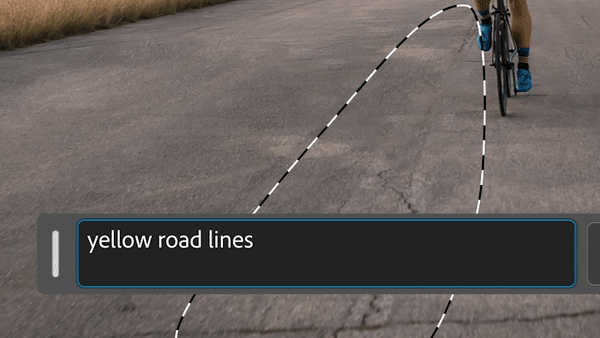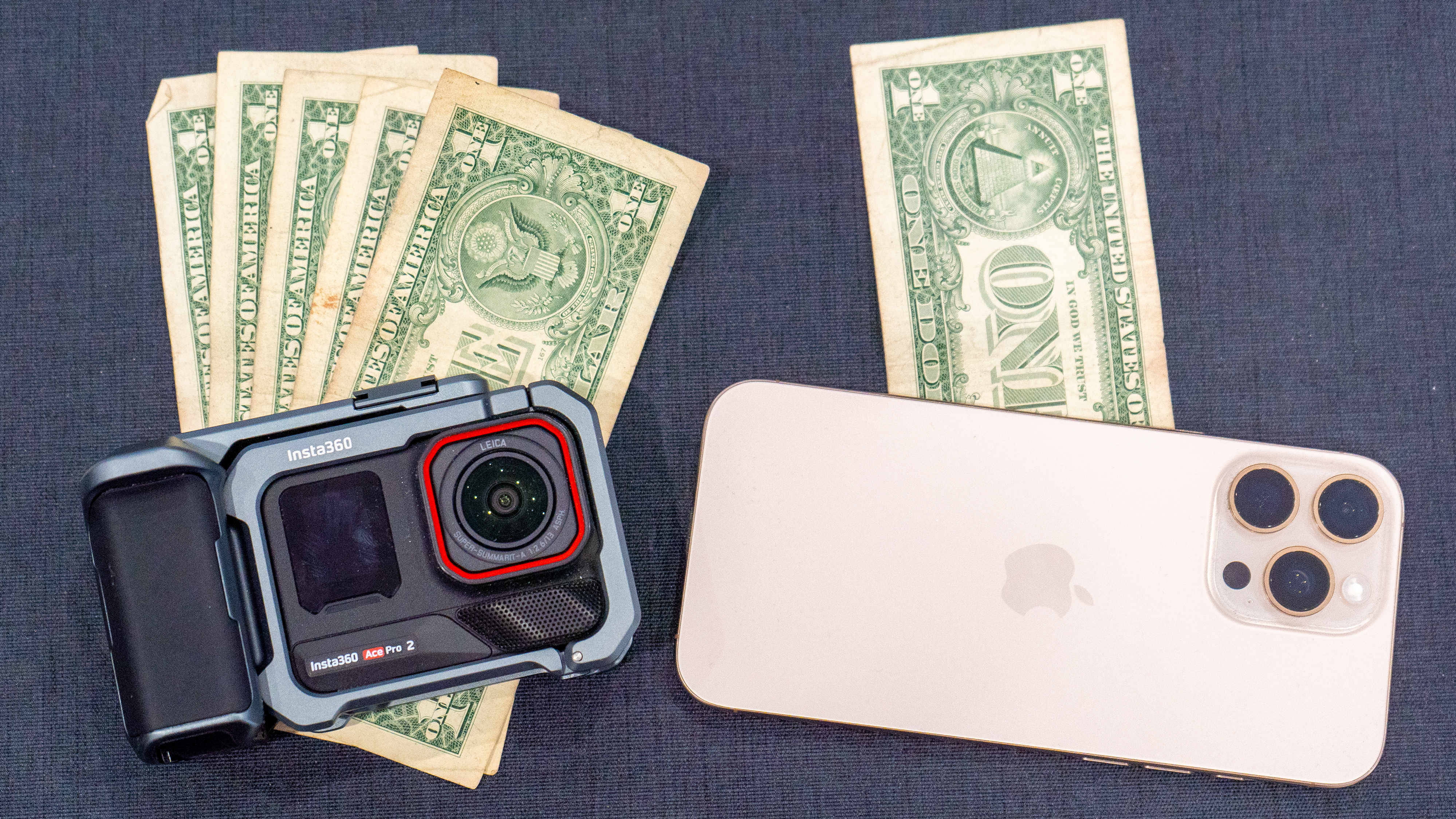Photo editing changed forever in 2023, and forever more I rely on AI to make my life easier
Adobe introduced its own text-to-image AI generation tool in 2023 and, by integrating it into Photoshop, it's changed how I edit my photos

The way we edit photos changed forever in 2023. With the launch of Adobe Firefly and the integration of Generative Fill with Photoshop, it’s never been easier to retouch, refine and remove objects from images. I’m still not 100% sure where I stand on AI imagery, but I am in full support of using AI to make my editing workflow faster and more efficient.
When it comes to editing photos there are elements of it I love and elements I find incredibly laborious. The creative side of things, such as color grading and image manipulation, come very easily to me, but I find skin retouching, object removal and background smoothing time-consuming. Earlier this year when Adobe launched a whole new set of AI tools including Skin Refine, Background Expand and Generative Fill, I was intrigued to find out how well they worked and if they could replace the more laborious processes.
Firefly was launched as a way to help people to expand their natural creativity. Much like Midjourney or DALL•E, you can enter simple text prompts and it'll output an image of that description. You can use it to change the weather in an image, apply funky text effects and recolor an image. It's free to use and accessible to everyone, giving anyone in the world the power to create at the touch of a button.
Since Generative Fill was integrated into Photoshop I have used it to expand backgrounds, quickly retouch skin, and add and remove objects in photos (it works particularly well removing people from your holiday snaps) and I've changed the color of clothing, the sky or even cars in the photo.

I still err on the side of caution when it comes to adding objects to an image; to me this veers into the realm of AI image generation rather than manipulation, and I am a firm believer that this is where we require a little more transparency.
If you are using AI to completely change an image by adding in trees, a lake or a mountain that doesn't exist in real life, you've gone past using AI as a tool for simple edits and veered into the realm of fantasy. When submitting an image to a photography competition, this use of AI needs to be plainly explained – it's not fair on photographers who have woken up early to capture a landscape shot with low-lying fog if someone else has simply added it in later. And in the same vain if you've taken a shot of the Taj Mahal or The Colosseum with no people in the foreground, this too should be made known.
With all that being said, I have had a lot of fun experimenting with how far you can push AI. Some of the results have been incredibly believable while others are so twisted they've provided proper belly-laugh moments. But as AI gets even more clever, I'm both excited and cautious about how it will be used.
Get the Digital Camera World Newsletter
The best camera deals, reviews, product advice, and unmissable photography news, direct to your inbox!
Camera manufacturers and photo editing software developers such as Adobe are starting to implement authentication certificates that give credibility to genuine photos but until they are implemented fully, we still have to rely on the honesty of photographers to 'fess up if and when they use AI to do more than just basic edits.
Take a look at the best photo editing software, and check out the best monitors for photo editing to get the most out of your post processing.

Having studied Journalism and Public Relations at the University of the West of England Hannah developed a love for photography through a module on photojournalism. She specializes in Portrait, Fashion and lifestyle photography but has more recently branched out in the world of stylized product photography. Hannah spent three years working at Wex Photo Video as a Senior Sales Assistant, using her experience and knowledge of cameras to help people buy the equipment that is right for them. With eight years experience working with studio lighting, Hannah has run many successful workshops teaching people how to use different lighting setups.
